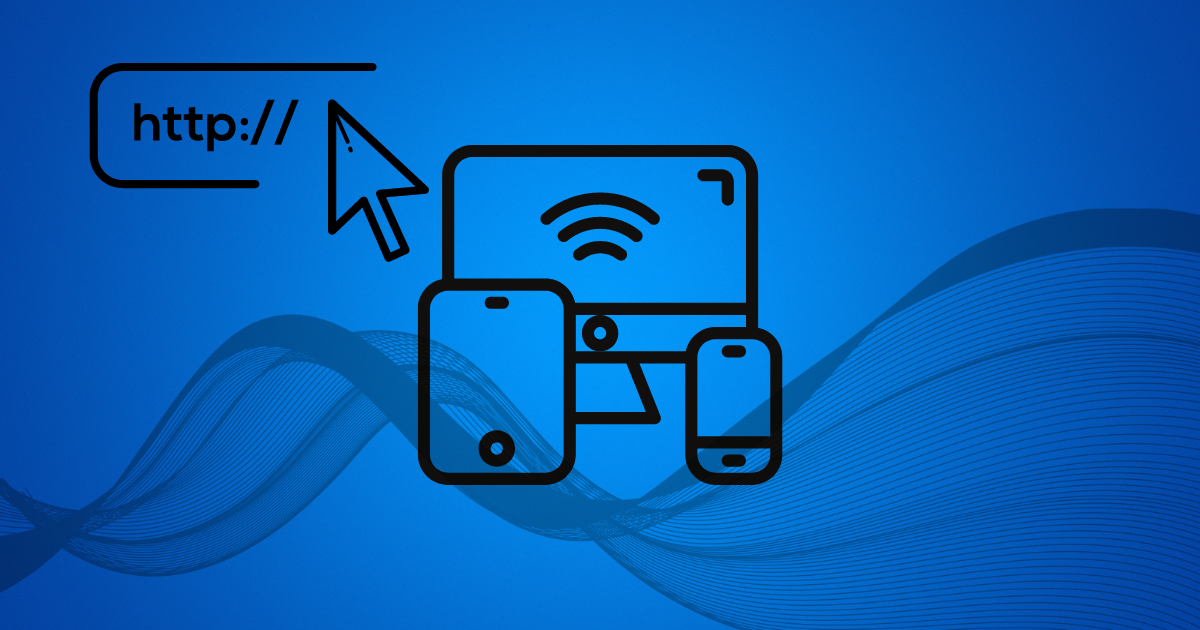
How to create a website that works well on mobile devices, including tips for designing for touchscreens and smaller screens
Creating a website that works well on mobile devices is essential in today’s digital landscape, as more and more people are accessing the internet from their smartphones and tablets. In this blog post, we will discuss some tips and techniques for designing for mobile devices, and how to create a website that looks great and is easy to use on smaller screens.
One of the most important aspects of designing for mobile devices is responsive design. Responsive design is a technique that allows your website to adapt to the screen size of the device that it is being viewed on. This means that your website will automatically adjust its layout, images, and text to fit the screen of the device that it is being viewed on. This is important because it ensures that your website looks great and is easy to use on any device, whether it’s a desktop computer, a tablet, or a smartphone.
Another important aspect of designing for mobile devices is the use of touch-friendly elements. Many mobile devices, such as smartphones and tablets, are designed to be used with a touchscreen. This means that it’s important to make sure that your website is designed with touch-friendly elements, such as larger buttons and links that are easy to tap with your finger. Additionally, it’s also a good idea to use hover effects that are triggered by touch, such as swipe gestures, to make it easier for users to interact with your site.
One of the most important things when it comes to designing for mobile devices is to keep it simple. Smaller screens mean less space for content, so it’s important to keep the design clean and minimalist. This means using a simple layout with a clear hierarchy and keeping the number of elements on the page to a minimum. Additionally, it’s also a good idea to use simple and clean typography that is easy to read on small screens. Another important aspect of designing for mobile devices is to optimize images and videos. Images and videos are often the biggest culprits when it comes to slow page loads on mobile devices, so it’s important to make sure that they are optimized for the web. This means compressing images and videos and using responsive images that automatically adjust to the
size of the device that they are being viewed on. Additionally, it’s also a good idea to use web images, which are a newer image format that are smaller in size but maintain the same quality as a jpeg or png.
When it comes to creating a website that works well on mobile devices, it’s also important to consider the user experience. This means making sure that your site is easy to navigate, and that users can find what they need quickly and easily. This can be achieved by creating a simple and intuitive navigation menu, and by using clear and descriptive labels for your navigation links. Additionally, it’s also a good idea to use a search function, so that users can quickly find what they are looking for.
Designing for mobile devices is essential in today’s digital landscape, as more and more people are accessing the internet from their smartphones and tablets. By using techniques such as responsive design, touch-friendly elements, simplicity, optimized images and videos, and user-friendly navigation, you can create a website that looks great and is easy to use on mobile devices. This will not only provide a better user experience for mobile visitors, but it will also set your website up for success in today’s mobile-driven world.





